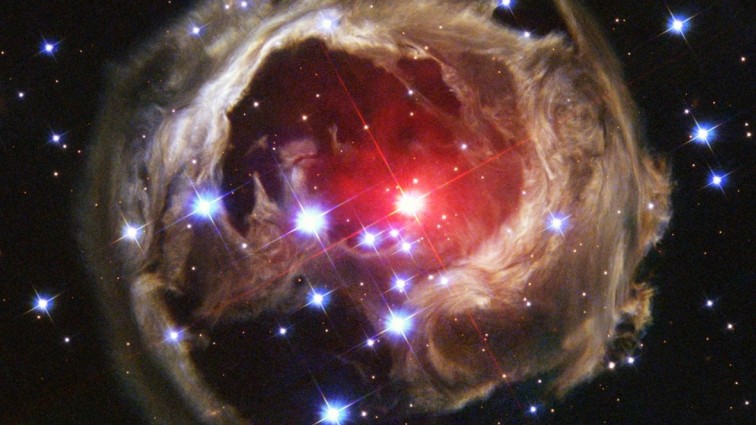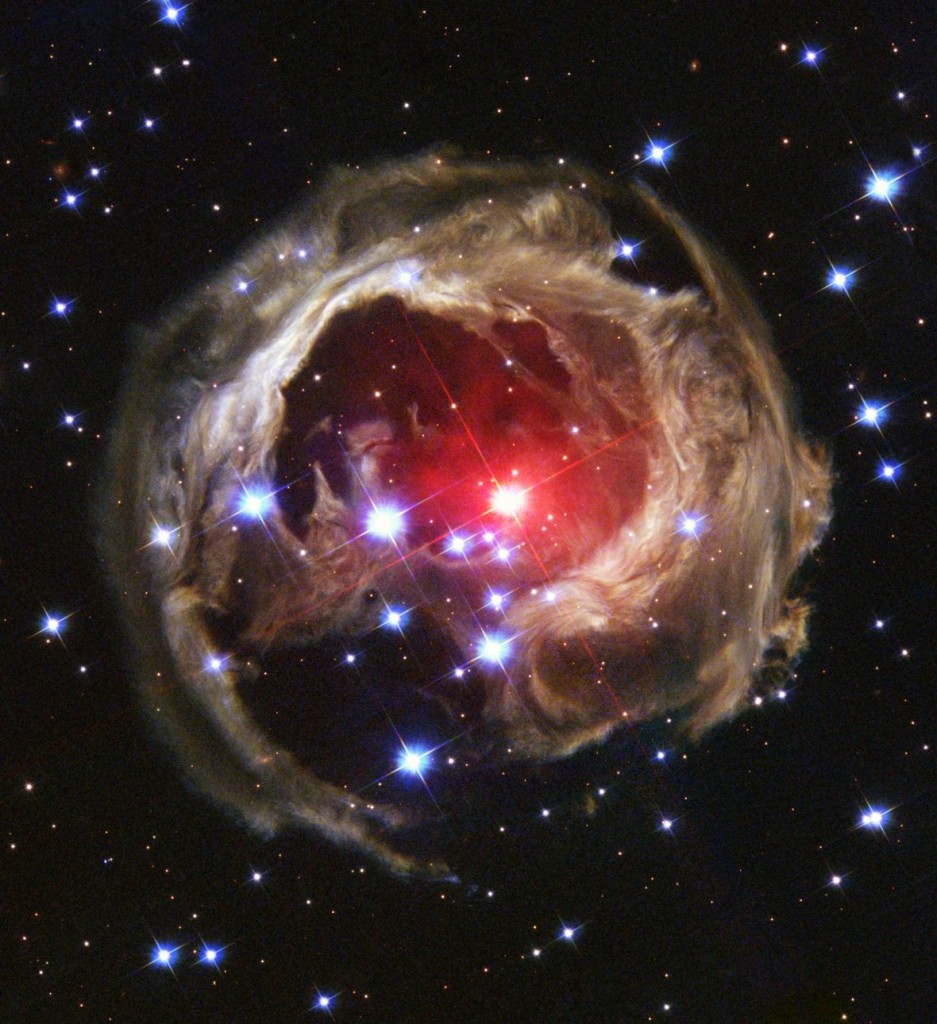Two stars are about to smash into each other and the explosion will be visible with the naked eye

Two stars are set to collide, creating a huge explosion that will be visible from Earth with the naked eye. The cosmic crash is to take place in 2022, give or take a year, and will see one of the stars increase in brightness 10,000-fold – meaning it would be one of the brightest stars in the night sky, for a period.
Professor Larry Molnar and his students Karen Kinemuchi and Henry Kobulnicky first predicted the collision in 2015. Molnar has been monitoring the star KIC 9832227 since 2013. Not long after, Kinemuchi had noticed a change in the brightness, leading them to conclude that the star was either pulsating or was in a binary system – where two stars orbit each other. Further observations showed the latter to be the case
Using Kepler satellite data, they went about working out the precise orbital period. At this point they noticed something unusual — that it was getting shorter. They then looked back over the last 15 years and saw this was an ongoing trend.
This behaviour had previously been documented by astronomer Romuald Tylenda, who had studied the observational data of V1309 Scorpii (another star) before it unexpectedly exploded in 2008 to produce a red nova. His findings showed that before the explosion, there was a period where the orbital period decreased.
"It's a one-in-a-million chance that you can predict an explosion," Molnar said "It's never been done before."
Molnar presented their findings at a press briefing. The study, Prediction of a Red Nova Outburst in KIC 9832227, has been submitted to The Astrophysical Journal but is yet to be published. A pre-print version can be accessed here.
The team carried out two observational tests to rule out any other astronomical phenomenon – spectroscopic observations ruled out the possibility of a companion star with an orbital period longer than 15 years. They also showed the rate of the orbital decrease was in line with what they predicted it should be if the stars were on a collision course.
"Bottom line is we really think our merging star hypothesis should be taken seriously right now and we should be using the next few years to study this intensely so that if it does blow up, we will know what led to that explosion," said Molnar.
The team will continue to monitor KIC 9832227 over the next year. Should the prediction be correct, it will be the first time that astronomers have been able to observe binary stars in their death throes.
Matt Walhout, from Calvin College in Michigan, where Molnar teaches, said: "If Larry's prediction is correct, his project will demonstrate for the first time that astronomers can catch certain binary stars in the act of dying, and that they can track the last few years of a stellar death spiral up to the point of final, dramatic explosion.
"The project is significant not only because of the scientific results, but also because it is likely to capture the imagination of people on the street. If the prediction is correct, then for the first time in history, parents will be able to point to a dark spot in the sky and say, 'Watch, kids, there's a star hiding in there, but soon it's going to light up'."
If it does explode, Molnar predicts it could be second magnitude on the brightness scale. This means it would be visible with the naked eye, but more difficult from cities where binoculars may be required because of the light pollution. Similar events include Halley's Comet in 1986 and the stars of the Big Dipper.
Политика конфиденциальности | Правила пользования сайтом









